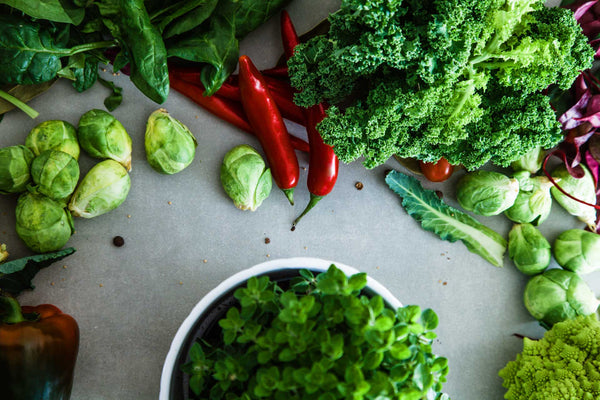Xeriscaping Seeds
Xeriscaping Seeds provide a method of landscaping which follows principles of water conservation, plant selection, mulching, minimal use of lawn, and efficient irrigation. It does not mean zero use of water. You will need to water well at planting time, and while your plants are becoming established. Other than that, mature plants will be drought resistant.
What the heck is xeriscaping?
Simply put, xeriscaping is a system of landscaping with water conservation as the priority. In areas that receive little rainfall in the summer, some thoughtful xeriscaping will allow flowering plants to thrive, adding visual appeal – as well as important forage for pollinators.
There are five principles that are key to xeriscaping success:
Plant selection is fundamental to xeriscaping because different plants have different needs when it comes to moisture, light, and soil. Drought tolerant plants are the most useful for this system, and there are masses to choose from.
Plant grouping keeps plants with similar needs together. If your property has a high, exposed point, as well as a low area where water gathers, you would select drought tolerant plants for the high area, and plants that require more moisture for the lower area. Prepare the soil in your xeriscaped area with this in mind, adding more moisture-retaining organic matter where necessary.
Grading takes advantage of the natural tendency of water to move downhill, even over low grades. This is an important concept in xeriscaping design. Xeriscaped areas are rarely flat like lawns might be.
Mulching prevents weeds from growing, and it conserves what little moisture there is in the soil below. Mulching with finished compost or well-rotted manure helps to build soil’s structure and fertility over time.
Irrigating efficiently is perhaps the most important concept to achieve a really robust and healthy xeriscape landscape. A carefully designed xeriscape might survive well simply using the naturally occurring rainfall. But in times of extended summer drought, some additional irrigation may be necessary. The trick is to irrigate efficiently. Watering deeply and infrequently encourages deeper root growth. Irrigate in the morning
Read more about xeriscaping seeds.
View Full Entry




















